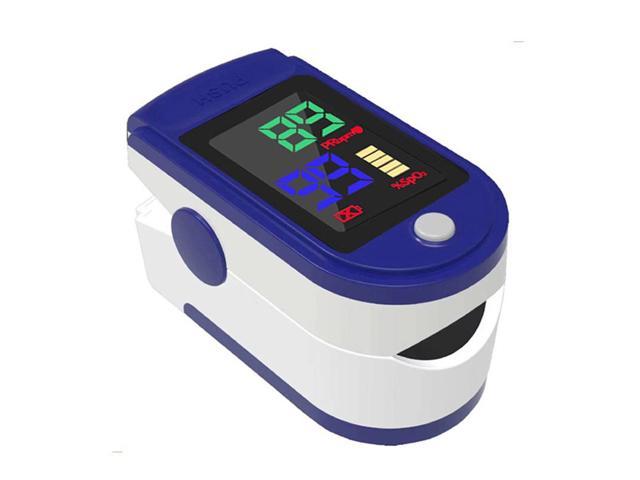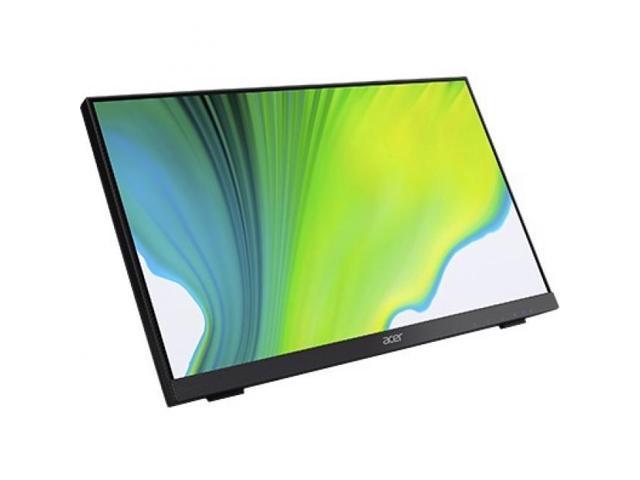The presence of pollutants in the environment is a matter of debate since longtime. People are always more aware of the problem that is mainly related to anthropogenic compounds, and analytical methods able to detect low-amount pollutants are required. These compounds are strictly regulated by worldwide legislations aimed to develop accurate environmental risk assessment. Overall, environmental analysis is aimed to monitor and detect levels of contaminants in the water, atmosphere, soils, and other environmental conditions. One of the main challenges in this kind of analysis relies on the extreme complexity and variability of the sample to be analyzed. Compounds of interest, in fact, can be present in various matrices deeply variable according to the origin of collected samples. Indeed, a reliable and versatile analytical approach is necessary to overcome these challenging problems.Mass spectrometry (MS) is a wide used analytical technique in which ionized chemical species are sorted on the basis of their mass-to-charge ratio (m/z). MS is commonly used with qualitative and quantitative purposes, representing a high-performances instrument to be used in several fields. Moreover, mass spectrometers can be easily coupled to gas chromatography (GC) and liquid chromatography (LC), thus resulting in an excellent sensitive and selective tool to perform environmental analysis. Currently, MS-based methods are commonly used for environmental analyses allowing an accurate and reproducible identification and quantitation of a huge variety of pollutants, even in low amounts. This book covers several MS-based approaches for environmental analysis, illustrating a first overview of commonly used platforms followed by some interesting examples of applications. The Section 1 reports current trends in environmental analysis, highlighting the state-of-the-art of international legislations and future perspectives. The Section 2 is an overview of MS-based methods and platforms currently used for environmental analysis. MS-based metabolomics, lipidomics and other classical approaches, along with their features and limitations, are described. Moreover, some specific techniques such as the targeted parallel reaction monitoring, are included. Finally, the Section 3 contains recent and innovative applications of MS-based methods for environmental analysis. Among others, MS-based approaches have been used for the multiple screening of 90 emerging contaminants in liquid and solid environmental matrices, and for the detection of pollutants as alkanolamines, thallium and pesticides.















